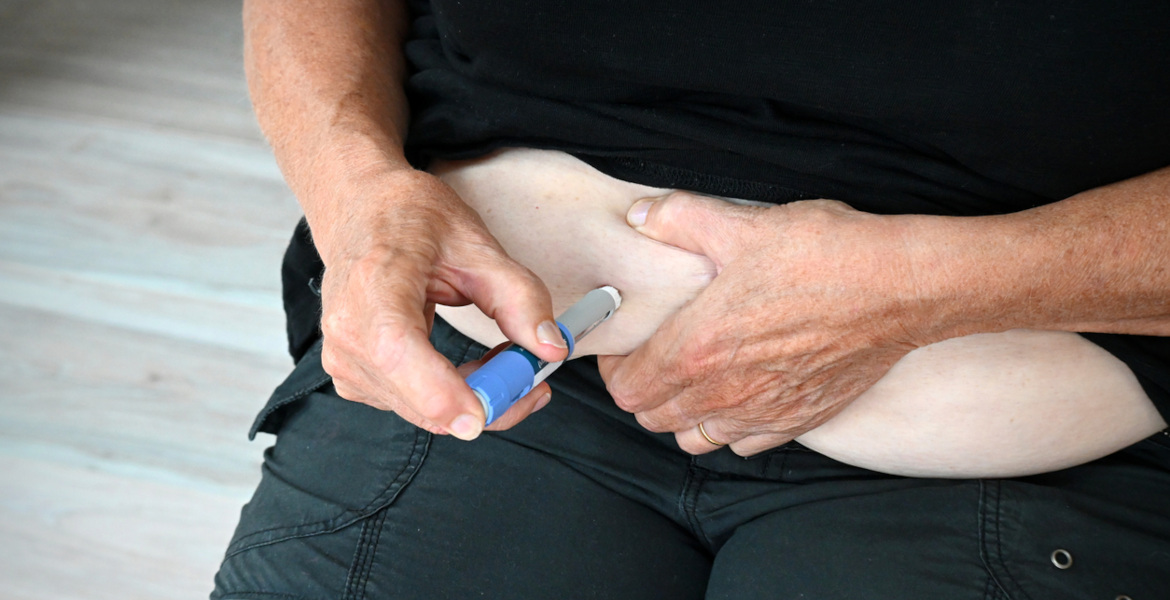Growing tomatoes successfully does not have to be difficult. With the right environment, replanting, and regular light patting, you can grow tomatoes successfully.
Tomatoes are one of the many foods that have recently gone up in price, causing more people to cut back on the red vegetable. However, it tastes great cooked or raw, is healthy, and can be added to most dishes. Best of all, it is also relatively easy to grow!
Many people don’t want to try growing tomatoes because they think it’s difficult or because they don’t have enough space, but these perceived obstacles can often be overcome. Tomatoes can be grown in pots and in the ground, and you can grow them on a balcony as well as in a greenhouse or garden.
Choose the right seeds
There are many varieties of tomatoes to choose from. Think about things like how much space you have, as plants can vary in size. For example, if you have limited space, bush tomatoes may be a better choice because they do not grow very tall. On the other hand, if you have plenty of space, you can choose taller varieties of tomatoes. Another question to ask yourself is what kind of tomatoes you prefer, perhaps you prefer plum tomatoes or larger tomatoes on the grill. Smaller tomatoes tend to ripen faster, so if you have a balcony with less sunlight, this may be preferable. There are also other colors, such as yellow, black and white, and different shapes.
Sow the seeds
If you have plant lighting, you can start seeds indoors as early as possible by pre-sowing, but without it you will have to wait until April at the earliest (in central Sweden), when the light in the windows may be sufficient. Sow the seeds in a small pot with a hole in the bottom with no more than two seeds in each pot. It is best to mix the seed soil with potting soil, vegetable soil or flower soil. Add two-thirds of the other soil to the bottom and then top it off with one-third of the seed soil.
“This way the seeds get a narrow start and can send roots down to the nutrient-rich soil below when they feel like it”, says Land.se.
Plant the seeds according to the instructions on the bag and water lightly, preferably with a spray bottle. Cover with a plastic bag or plastic wrap, but remember to air it from time to time or make a few holes in it. Place the seedling in a warm place and watch for the first sprouts, then you can move it to a cooler place. Be sure to keep the soil slightly moist.

Replanting
Once the plants have started to produce their first heart-shaped leaves, it’s time to replant. Avoid choosing a very large pot, as the plant will do best in a pot adapted to its size. The plant will therefore need to be re-potted several times; an indication that it is time to re-pot is usually when the roots start to crawl out of the holes in the bottom of the pot. Plants should be re-potted one at a time. Plant with nutrient-rich soil, as tomatoes are nutrient-hungry plants. This means staying away from seed soil, for example.
Tomato plants often grow best in plastic pots because they retain moisture better than clay pots, says Sara Bäckmo.
When planting, especially the last time, whether it’s in a pot, pallet collar or outdoors, consider planting with as much of the stem underground as possible. The plant will then develop new roots along the entire stem. Remember to cut off the lower leaves first. If the plant has become a bit stunted, you can “curl” the stem in the pot and fill it with soil so that only the top sticks out.
May is usually a good month to plant tomato plants, but it is important not to plant too early, and as a rule, there must be no risk of frost as they do not tolerate cold (note that these guidelines are for a Nordic climate).
Proper environment
Tomato plants need plenty of light, but not too much heat once they start growing. Around 18 °C is often optimal, which can be difficult given their need for light. For example, it can get very hot in a window, but you can put a fan nearby or open a window wide.
Don’t grow potatoes and tomatoes in the same soil, some say not even in the same garden. This is because both potato and tomato plants are more likely to suffer from downy mildew, as they are closely related (they are both members of the Nightshade family, Solanaceae).
Caring for the plants
The stem produces leaves, flower clusters, and side shoots. In tomato varieties that grow straight up, the side shoots need to be pinched off because they steal energy. This is not necessary for smaller bush tomato plants, but they may need more general pruning to make them bushier.
Don’t overwater; allow the plant to dry out between waterings. Feed the plant once a week or so, either by buying ready-to-use fertilizer from the store, using natural grass clippings, or mixing stinging nettle into the water.

Pat the plant
When the wind blows, the stem will sway and become stronger. You can simulate this by running your hands over the plant from time to time to help it. Once the plant has flowered, you can also help it pollinate itself by either taking a swab or your finger and gently tapping each plant.
Harvest and use
When the tomatoes are red, they are ready to be picked and eaten. It is also okay to bring in green tomatoes and let them ripen indoors. A common misconception is that green tomatoes ripen best in the sun. In fact, the plant needs the sun, not the tomatoes. However, they do need heat to ripen, but if you want to keep the tomatoes longer, you can put the green tomatoes in a cooler place. If you want to speed up the ripening process, you can place the green tomatoes next to (or even in a plastic bag together with) an apple. Apples release ethylene, a gas that speeds up ripening.
Tomatoes store best at room temperature. If you have a large harvest, you can dry tomatoes in the oven, but you can also freeze them whole or sliced. However, they become more watery when thawed, so frozen tomatoes are better used in cooking than on a sandwich.
Other tips include making your own ketchup or tomato sauce. Why not make a big batch of roasted tomato soup and freeze it for the winter, or try making syrup or jam?
Tomato (Solanum lycopersicum) is a member of the nightshade family and is classified as a vegetable in the food industry, but botanically it is a berry. It originates from Peru in South America and was used by the Incas. It was introduced to Scandinavia in the 17th century.
During the 18th and 19th centuries, many in Europe believed that tomatoes were poisonous, while others thought they were an aphrodisiac.
Tomatoes are said to be healthier when cooked because the lycopene, which gives the tomato its color, is more readily available for the body to absorb. Lycopene, a powerful antioxidant, has been shown to boost the immune system and protect against cardiovascular disease.








